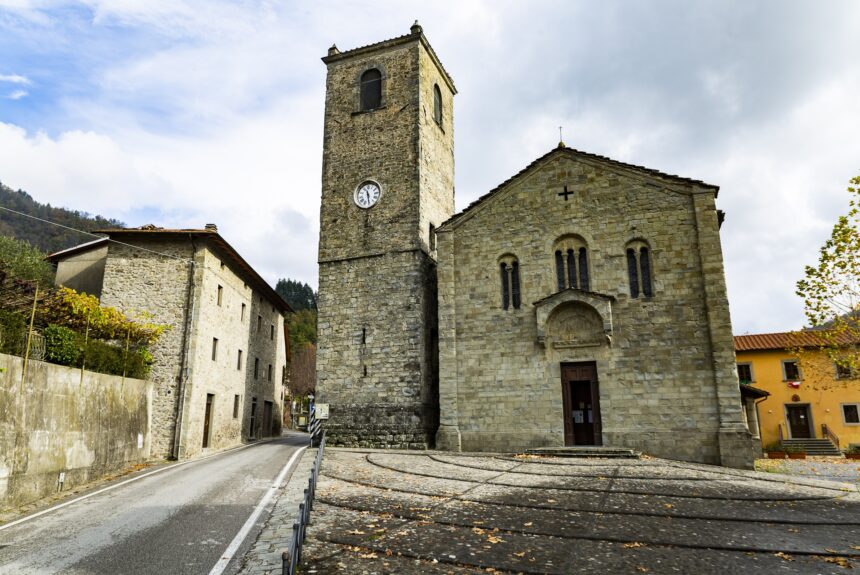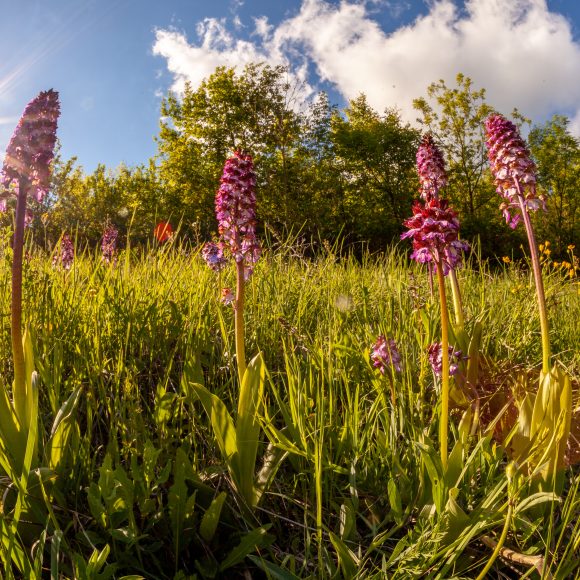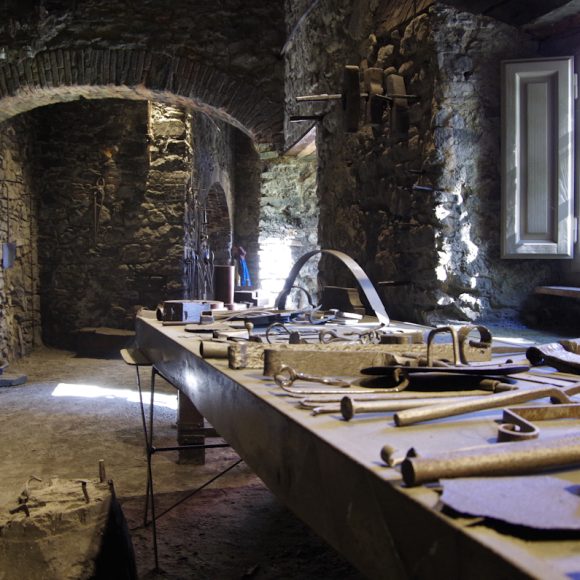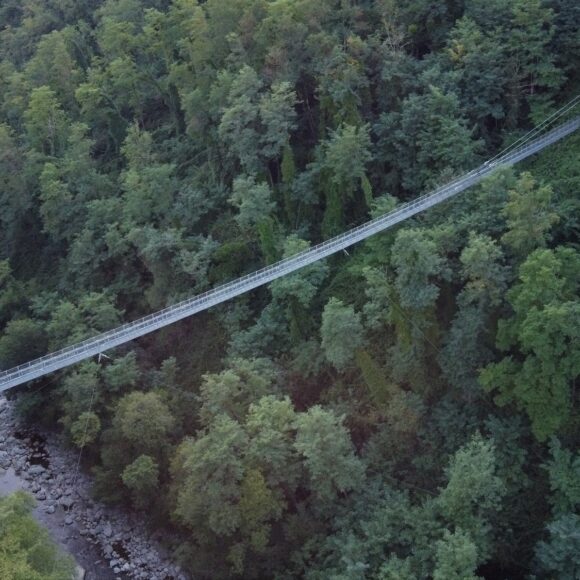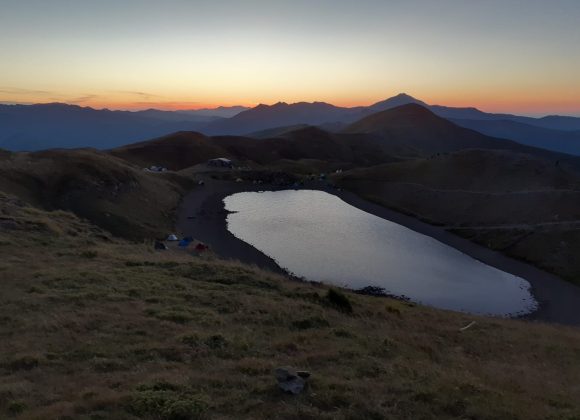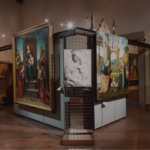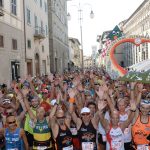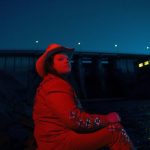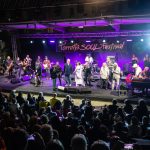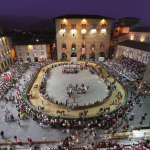Photo Credit_ Comune di San Marcello Piteglio
routes / In the mountains
Between San Marcello and Piteglio: a classic route in the Pistoia Mountains
Nature and hamlets to explore
San Marcello Piteglio
routes
In montagna
length
48 Km
Difference in altitude
935 m
Means of transport
Road bike
A medium-difficulty road itinerary, perfect for discovering the villages of Piteglio and Gavinana, designed for those who love cycling through mountain landscapes and uncovering local history.
Stages Itinerary
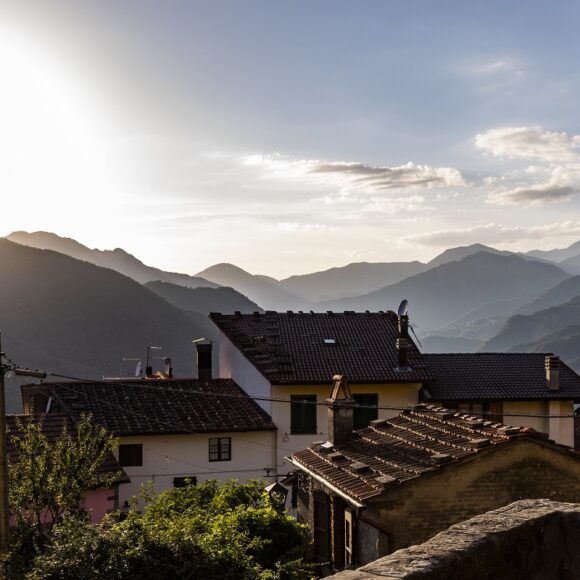
San Marcello Piteglio
San Marcello Piteglio
stage 1
San Marcello Piteglio
With abundant historical evidence from the 14th century on, San Marcello Pistoiese stands on a woods-covered hill. Other particularly interesting, nearby communities are the ancient villages of Maresca, located on the edge of the Teso State Forest, and Gavinana, home to the Francesco Ferrucci Museum and the Ecomuseum Information Point in the ancient Palazzo Achilli.
The village of Piteglio dominates the Val di Lima, where the important and ancient trans-Apennine road linking Pistoia to the Garfagnana ran. In the 11th -12th century, it was a fortified castle, an observation point under Pistoiese control. An easy distance from Piteglio are the hamlets of Macchia Antonini, Crespole, Lanciole, Calamecca and Migliorini.

Palazzo Achilli - Ecomuseo info point
San Marcello Piteglio
stage 2
Palazzo Achilli - Ecomuseo info point
Palazzo Achilli is the central information point of the Ecomuseo della Montagna Pistoiese. It is now the seat of temporary exhibitions aimed at carefully studying various subjects linked to the history of the Mountains and which regularly organizes educative laboratories for both adults and children.
Palazzo Achilli also hosts: the sound archive of the Pistoia Mountains' oral traditions, a meticulous work of research that has brought back to life hundreds of songs, folk songs and nursery rhymes, registered on speakers by locals. In 2013, The 'Centro Mario Olla', in 2013 made available documents and testimonies of cases of emigration from the Pistoia Mountains during the 19th and 20th centuries.
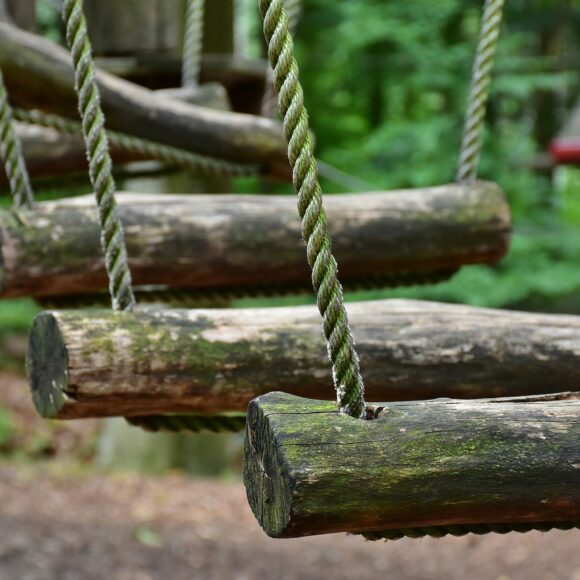
SpiderPark Adventure Park
Marliana
stage 3
SpiderPark Adventure Park
Seven routes at varying heights so as to be suitable for all ages, always in total safety, in the Municipality of Marliana in the Pistoia Mountains.
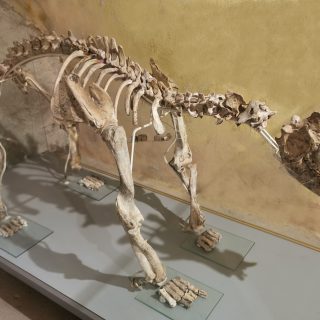
Naturalistic Archeological Museum of the Pistoia Apennines (MuNAP)
San Marcello Piteglio
stage 4
Naturalistic Archeological Museum of the Pistoia Apennines (MuNAP)
A journey through the past by means of numerous finds which illustrate the natural history of the area. The museum offers you the opportunity of discovering prehistoric tools, minerals, rocks, birds, insects, and mammals, one of which, the Apennine Wolf, will surely catch your attention. The collection of flora fossils coming from the Pisa Mountains, dating back to the Upper Carboniferous era - in other words, more than 300 million years ago - is of special interest and is also one of the most important in Italy; as is the skelton of a cave bear (Ursus spelaeus). Of considerable importance is also the collection of stone tools dating back to the end of the Upper Paleolithic era (12.000 - 10.000 years ago) which act as proof of the first presence of man in the Pistoia Apennines. (Via Orange, Gavinana, San Marcello Piteglio)

The Ecomuseum of the Pistoia Mountains
San Marcello Piteglio
stage 5
The Ecomuseum of the Pistoia Mountains
L’Ecomuseo non è un museo in senso tradizionale: è un’esperienza museale diffusa, che documenta il rapporto secolare tra una popolazione e il suo ambiente, in dialogo costante, con reciproci condizionamenti e adattamenti.
L’Ecomuseo vi accompagna a passo lento, con i suoi sei itinerari, alla scoperta di testimonianze e tradizioni, che raccontano secoli di storia e di lavoro dell’uomo sull’Appennino Pistoiese, dove i particolari fattori ambientali e storici hanno condizionato l’economia e la cultura degli abitanti. Ferriere, mulini ad acqua, ghiacciaie e uno straordinario patrimonio naturalistico ti aspettano, per coinvolgervi nella dimensione autentica di un tempo, in un continuo viaggio tra presente e passato.

